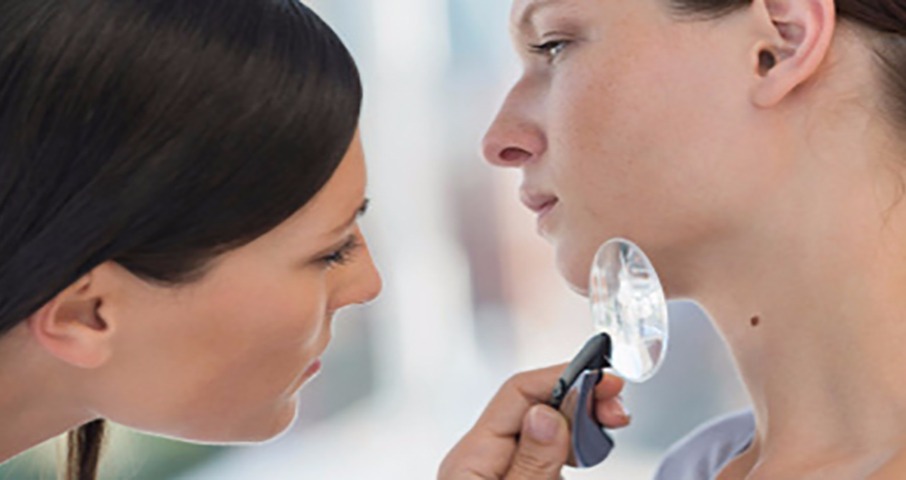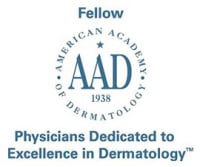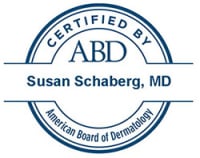
To become a dermatologist, a physician must first complete a yearlong internship in one of the following areas:
- Internal medicine
- Pediatrics
- General surgery
- Family practice
- Obstetrics and gynecology
- Emergency medicine.
The dermatology residency is a 3-year program that includes additional studies in the following areas: allergies, anatomy, bacteriology, biochemistry, embryology, entomology, genetics, histology, immunology, molecular biology, mycology, oncology, parasitology, pathology, pharmacology, photobiology, physiology, serology and virology. Dermatologic microbiology, dermatopathology and immunodermatology are also emphasized.
Clinical training includes the diagnosis and management of common and rare skin diseases and conditions in a variety of patients of all ages. Training focuses on the skin, hair, nails and mucous membranes. Patient management is supplemented with Grand Rounds, instructional microscopic sessions, exams, journal clubs, research and presentations.
Dermatologists undergo surgical and laser training, and they are required to attain competency in the use and application of anesthesia, electrosurgery, cryosurgery, laser surgery, nail surgery and biopsy, as well as excisional surgery and repair. Dermatologists also must obtain competency in dermatopathology (pathology of the skin). Many dermatologic procedures and surgeries can be performed in the practice's office and don't require a hospital stay.
A board-certified dermatologist is one who completes a 3-year accredited dermatology program and passes the comprehensive national board examination; they are then certified by the American Board of Dermatology (ABD).


